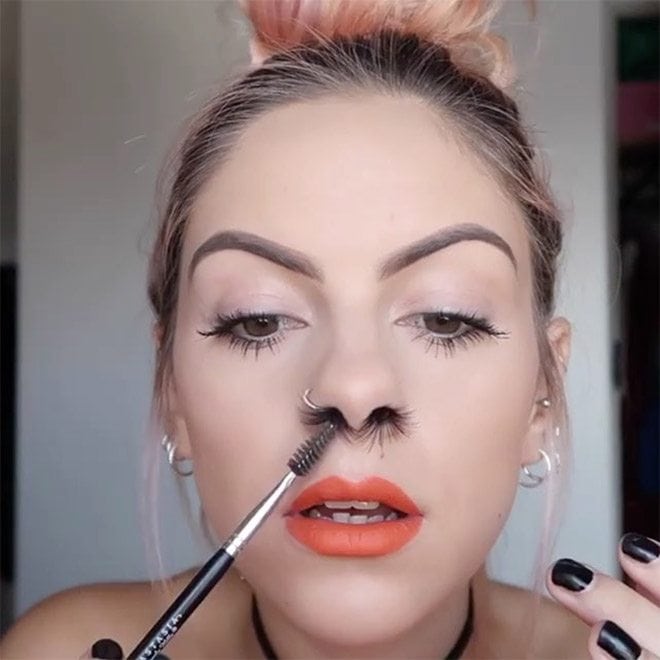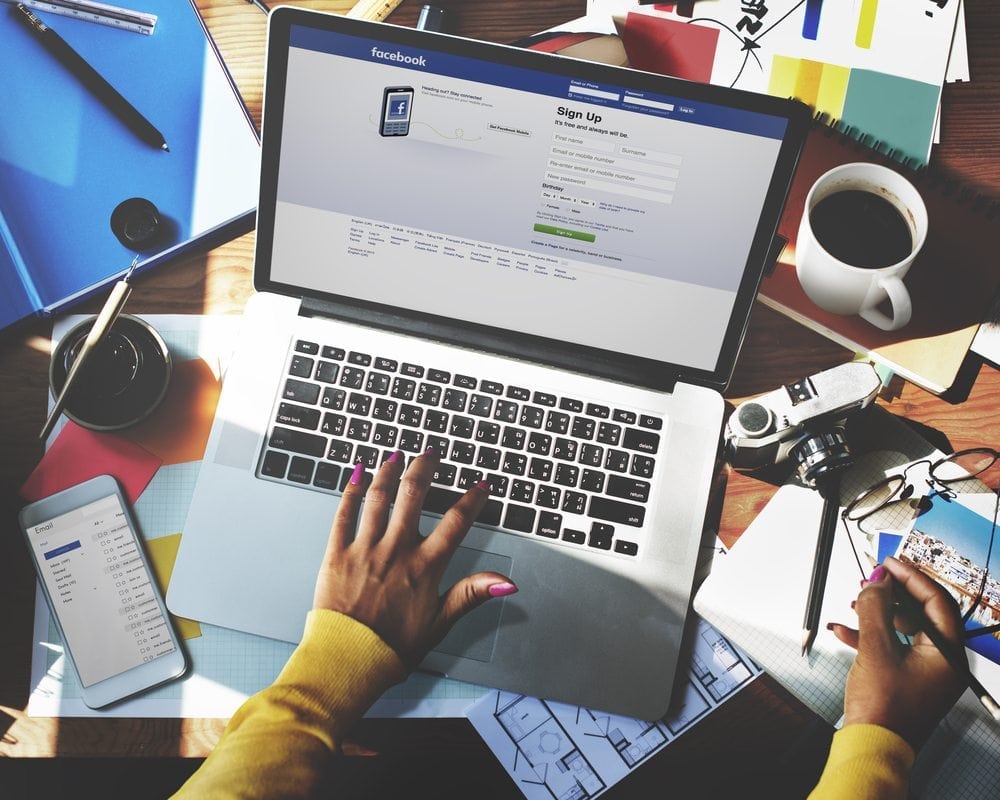Google is now the world’s most valuable brand with a value of $109 billion. It’s been six years since it last held the title in 2011. So what changed?
Every year, leading valuation and strategy consultancy Brand Finance values the brands of thousands of the world’s biggest companies. A brand’s strength is assessed (based on factors such as marketing investment, familiarity, preference, sustainability and margins) to determine what proportion of a business’s revenue is contributed by the brand. This is projected into perpetuity and discounted to determine the brand’s value. America’s 500 most valuable brands, classified by both their industry and their state, are featured in the Brand Finance US 500.
View the full list of America’s 500 most valuable brands here
National Results
America’s brands continue to reach new heights. The total value of America’s top 500 brands now exceeds $3 trillion dollars, having increased 11%, from $2.82 trillion in 2016 to $3.14 trillion this year.
Brand Finance CEO, David Haigh says, “President Trump, an experienced brand builder himself, appears to have fostered a conducive environment for continued brand value growth. However, his longer term approach and objectives remain hard to pin down and 2017 could deliver as many, if not more, shocks than 2016.”
2017 has already delivered one major shock to the branding world: Apple has seen nearly $40 billion wiped off its brand value.
Apple has over-exploited the goodwill of its customers by failing to maintain its technological advantage and delivering tweaks to existing products rather than genuine innovation. Brand value has fallen 27% since early 2016 to $107 billion, meaning that for the first time in over five years, America (and the world) has a new most valuable brand.
Google remains largely unchallenged in its core search business, the mainstay of its advertising income.
“The recent controversy over Google’s placement of customers’ ads alongside undesirable content illustrates that even companies with apparently dominant market positions must be conscious of the risks to their most valuable asset, their brand,” says Haigh.
Amazon is growing strongly (brand value is up 53% year on year) as it continues to both reshape the retail market and to capture an ever larger share of it. With a brand value only fractionally behind Apple and Google already, Amazon could easily become the most valuable brand in the US and the rest of the world in 2018.
Coca-Cola’s brand value was $43.1bn in 2007, making it the most valuable brand in America and the wider world.
Today, however, its brand value now stands at just $31.8bn, putting it 16th in the US and 27th internationally. Increasing concerns over the links between carbonated drinks and obesity have begun to undermine what the Coca-Cola brand has represented for over one hundred years. Pepsi is similarly suffering, falling 4% to $18.3 billion.
The same trend is evident in the fast food industry. The brand values of McDonald’s, KFC, Taco Bell, Pizza Hut, Subway and Domino’s have all fallen due to heavy competition in an increasingly fragmented market, with healthier challenger brands offering greater choice for consumers.
2017 heralds huge success for America’s airline brands.
America’s airlines have all soared in value with United, Delta and American growing by 60%, 47% and 59% respectively. In the process, American has overtaken Emirates to become the world’s most valuable airline brand.
State Brand Battle
California remains America’s most valuable state by brand value. Its dominance in tech (the most valuable and fastest growing sector) has enabled California to pull well ahead of other states. Of the country’s top 500 brands, 71 hail from the Golden State, with a total value of $725 billion.
New York is in second place, but despite have just one fewer brand in the top 500 than California, New York’s total is significantly lower, at $481 billion. Finance comprises a large share of New York’s total brand value so New York has therefore been disproportionately affected by the stalling values of financial services brands.
The increasing concentration of brand value in tech also helps to explain Washington State’s strong performance. Washington has just 11 brands (16 states have more) yet as the home of tech titans Microsoft and Amazon, Washington ranks 4th with a total brand value of $242 billion.
3rd placed Texas has a much broader base of brand value. Its 48 brands have a total value of $263 billion. Oil & Gas brands are of course well represented, including ExxonMobil and its portfolio of brands, however Texas is home to major brands from a wide range of sectors including AT&T (telecoms), Dell (tech), American Airlines and Whole Foods (retail).
5th placed Illinois is another state with a diverse array of brands. 1st amongst its 31 brands is McDonalds, which has had a challenging year dropping 9%, however many of Illinois’ other brands are performing strongly with Boeing up 17%, Accenture 38% and United Airlines up 60%.
Only a handful of states have seen their number one brand change this year.
Google’s defeat of Apple is perhaps the most striking case, though some other iconic brands have lost their local flagship status.
For example, KFC is no longer Kentucky’s most valuable brand. It been hit by the turn away from less healthy fast-food operators and has seen its brand value fall 27% to $6.2 billion.
As if to illustrate a growing focus on health, Humana is Kentucky’s new most valuable brand.
The Health Insurance business’s brand is now valued at $7.1 billion, supported by continued customer acquisition, revenue growth and improving brand strength. Donald Trump’s bill to dismantle the Affordable Care Act had the potential to cause significant disruption to many healthcare brands, so its recent defeat bodes well for Humana.
Meanwhile Harley-Davidson has lost its position as Wisconsin’s most valuable brand.
In 2016 Harley was in the elite group of AAA+ rated brands and had a brand value of over $5 billion. However, this value has dropped 38% and Harley has been overtaken by both Fiserv and Kohl’s. The latter now leads Wisconsin’s seven brands with a value of $4.9 billion.
The number of states with brands in the country’s top 500 has remained constant at 37, however Arizona has dropped out, to be replaced by Mississippi. The Magnolia state’s Sanderson Farms makes its debut in the Brand Finance US 500 at 469th with a value of $1.3bn.
This is a press release published through HER Magazine. Access our monthly publication in iTunes or Google Play – it’s where we feature powerhouse women you can learn from and share exclusive content you won’t find here.








